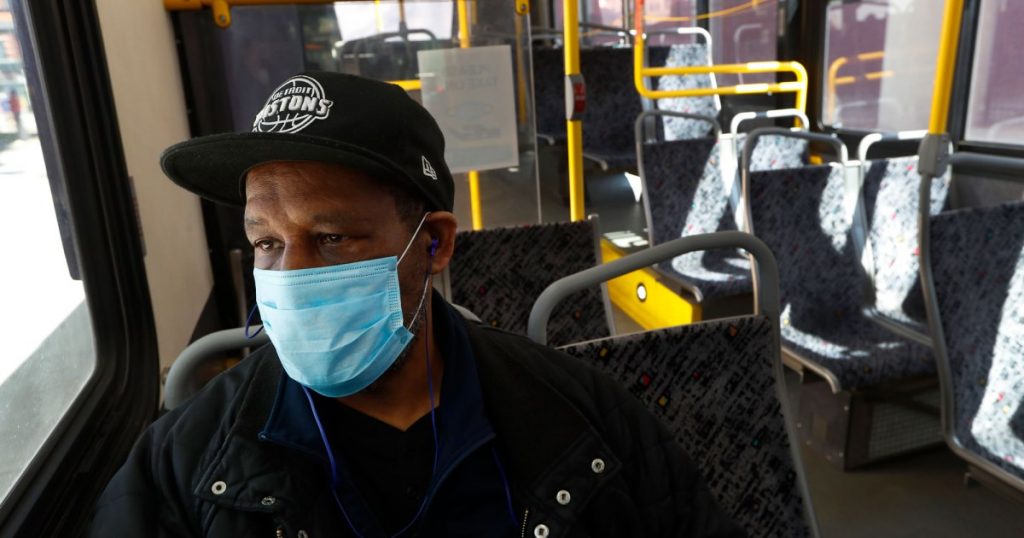Patient Transport
CENTRALIZED PATIENT TRANSPORT IMPROVING OVERALL HOSPITAL THROUGHPUT
Our dedicated vehicles transports patients in accordance with the Non-Emergency Patient Transport (NEPT) Regulations. Patient Transport maximises the availability of emergency ambulances to response to genuine, time-critical medical emergencies. 
Our Patient Transport provides services 24 hours a day, 365 days of the year.
We has in-house walker, walker assist, hoist and stretcher resources which are supplemented by accredited Patient Transport providers:
- Walker and Walker Assist patients must be able to walk unassisted or with the help of a frame or a stick, be able to climb two steps into a minibus (or comfortably enter and exit a stationwagon with minimal assistance) and are able to travel comfortably in a seated position. Wheelchair confined patients may be transferred by hoist into a Hoist vehicle, and are transported with their own wheelchair.Note: These patients may not be suitable for transport if they require intervening treatment monitoring, IV therapy, oxygen or clinical observations whilst in transit, require transport for mental health conditions, are unable to travel with other patients for infection control or other reasons, or they need to be transported directly to an Emergency Department.
- Stretcher patients may be low, medium or high acuity and require treatment, monitoring, observation or supervision during transport.
- Complex Patient Ambulance Vehicles (CPAV) is used for transports where specialist on-board equipment is required. The CPAV crew may assist an emergency ambulance to lift/extract a patient, or be used where patients cannot be accommodated using an alternate platform.
All patient transport is completed under stringent clinical guidelines overseen by the AV Medical Standards Committee.
Patient Transport Bookings
Call taking and dispatch of our resources is undertaken by the Emergency Services Team (EST) who determine the most appropriate platform for transport of the patient. The triage require that the transport must:
- Be clinically necessary;
- The patient must require active clinical monitoring and/or supervision during transport; and
- The transport must have been authorised by an appropriate medical professional.
Members of the public are not able to make bookings directly. The party responsible for payment must complete all details, authorise and lodge a Request for Patient Transport.
